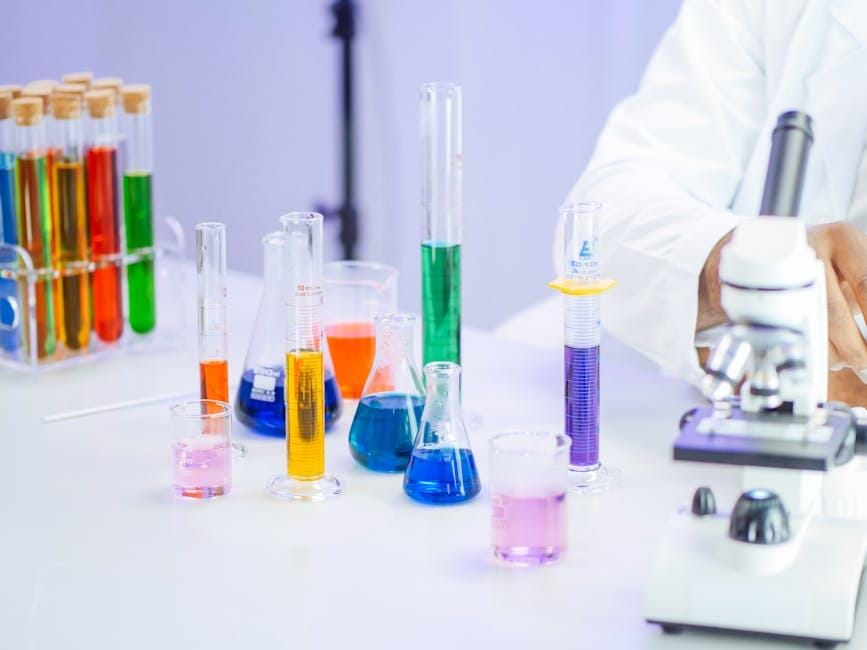In the quest to craft a brighter, more sustainable future, technology stands at the forefront, constantly evolving to meet the challenges posed by our planet’s pressing environmental issues. With each groundbreaking invention, we inch closer to solutions that not only alleviate our ecological footprint but also promote a harmonious coexistence with nature. In this listicle, we explore seven remarkable tech innovations driving this green revolution. From harnessing renewable energy to pioneering waste-reduction strategies, these innovations pave the way for a healthier, more sustainable world. Delve in and discover how these cutting-edge technologies are transforming our lives and environment, one ingenious solution at a time.
-
Renewable Energy Innovations
The realm of renewable energy is constantly evolving, driven by groundbreaking technologies. From floating solar farms to advanced wind turbines, these innovations promise more efficient and widespread adoption of green energy solutions.
-
Smart Grids
Intelligent grids offer real-time monitoring and management of energy resources, optimizing energy distribution and reducing wastage. These systems integrate renewable energy sources seamlessly and offer smart meter tech, providing consumers insights into their energy consumption.
Feature Benefit Real-Time Data Improved Efficiency Automated Control Energy Savings -
Electric Vehicles (EVs)
The shift to electric vehicles is accelerating, with advancements in battery technology extending range and reducing charging times. EVs produce zero emissions, making them a key player in cutting down urban pollution and fossil fuel dependency.
-
Energy-efficient Buildings
Modern architecture is embracing sustainable technologies such as green roofs, smart lighting, and advanced insulation. These elements drastically reduce the energy footprint of buildings, contributing to a reduction in overall carbon emissions.
- Green Roofs: Enhance insulation and reduce heat island effect.
- Smart Lighting: Adjusts based on occupancy and natural light availability.
- Advanced Insulation: Keeps buildings warmer in winter and cooler in summer.
-
Sustainable Agriculture Technology
Innovations in agricultural technology are crucial for feeding a growing population sustainably. Vertical farming, precision agriculture, and the use of drones for monitoring crops help optimize resource use and minimize environmental impact.
Technique Impact Vertical Farming Efficient Land Use Drones Precision Monitoring -
Carbon Capture and Storage (CCS)
Carbon capture technology aims to trap and store carbon dioxide emissions before they reach the atmosphere. Advanced CCS techniques are now capable of capturing CO2 from industrial processes, helping to mitigate the greenhouse effect.
-
Circular Economy Initiatives
Embracing a circular economy means focusing on waste reduction, recycling, and reusing materials. Innovations in this sector include upcycling technology, biodegradable materials, and systems designed to extend the lifecycle of products, ultimately reducing environmental stress.
Wrapping Up
As we sail the tides of innovation, it’s clear that the horizon holds promise for a greener, more sustainable world. From the whispering winds of renewable energy to the quiet hum of efficient microgrids, these seven marvels of technology are not just stepping stones but leaps toward a future where our planet thrives.
With every cutting-edge invention and thoughtful green solution, we inch closer to a world that harmonizes progress with preservation. As tech enthusiasts and guardians of Earth, it’s our collective mission to champion these advancements, nurturing a legacy of sustainability for generations to come.
So, next time you flip on a light powered by the sun or savor a meal from a vertical farm, remember: innovation isn’t just about making life easier—it’s about ensuring that life, in all its forms, flourishes. Here’s to a world where technology and nature walk hand in hand, forging paths towards a brighter, greener tomorrow. 🌿
